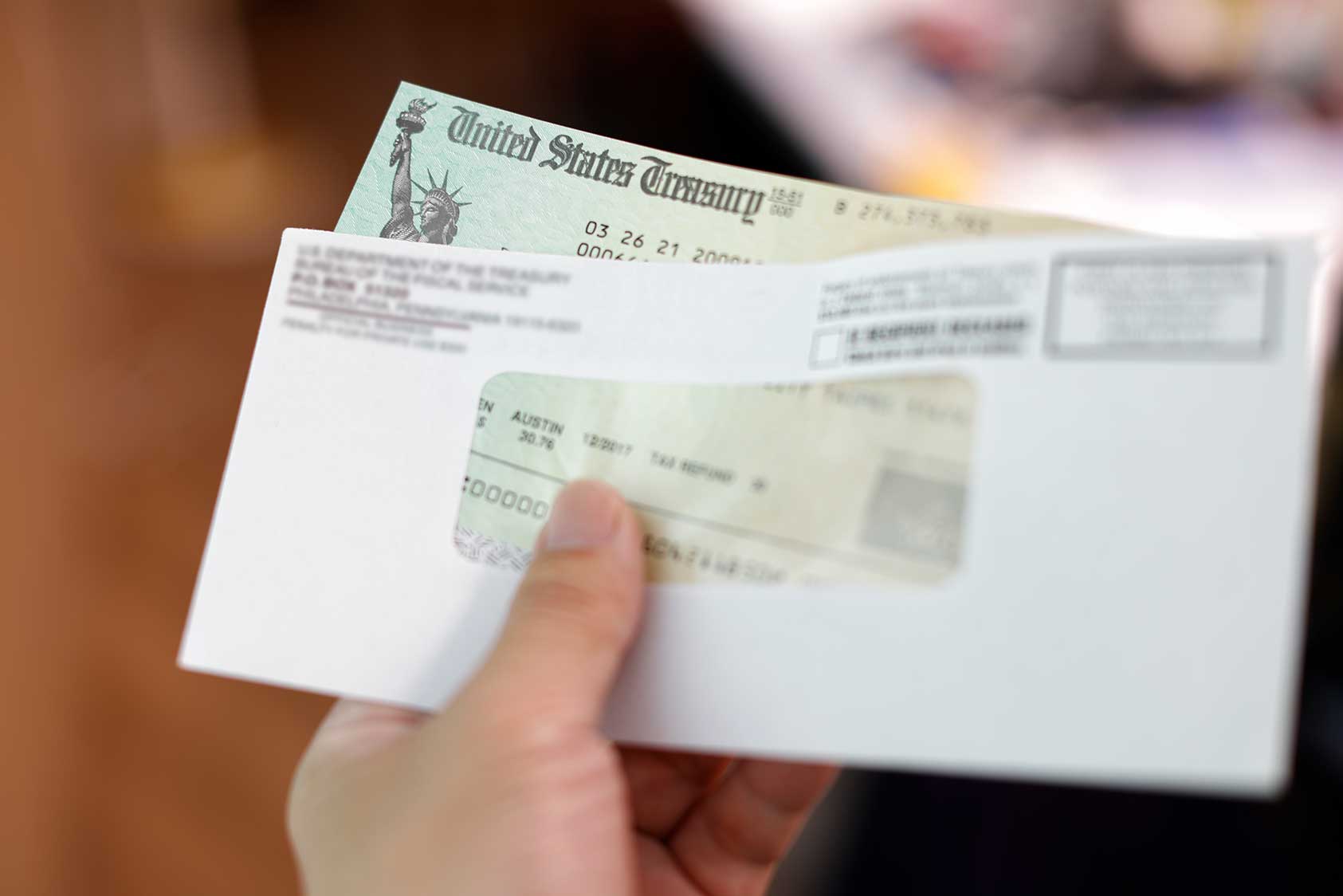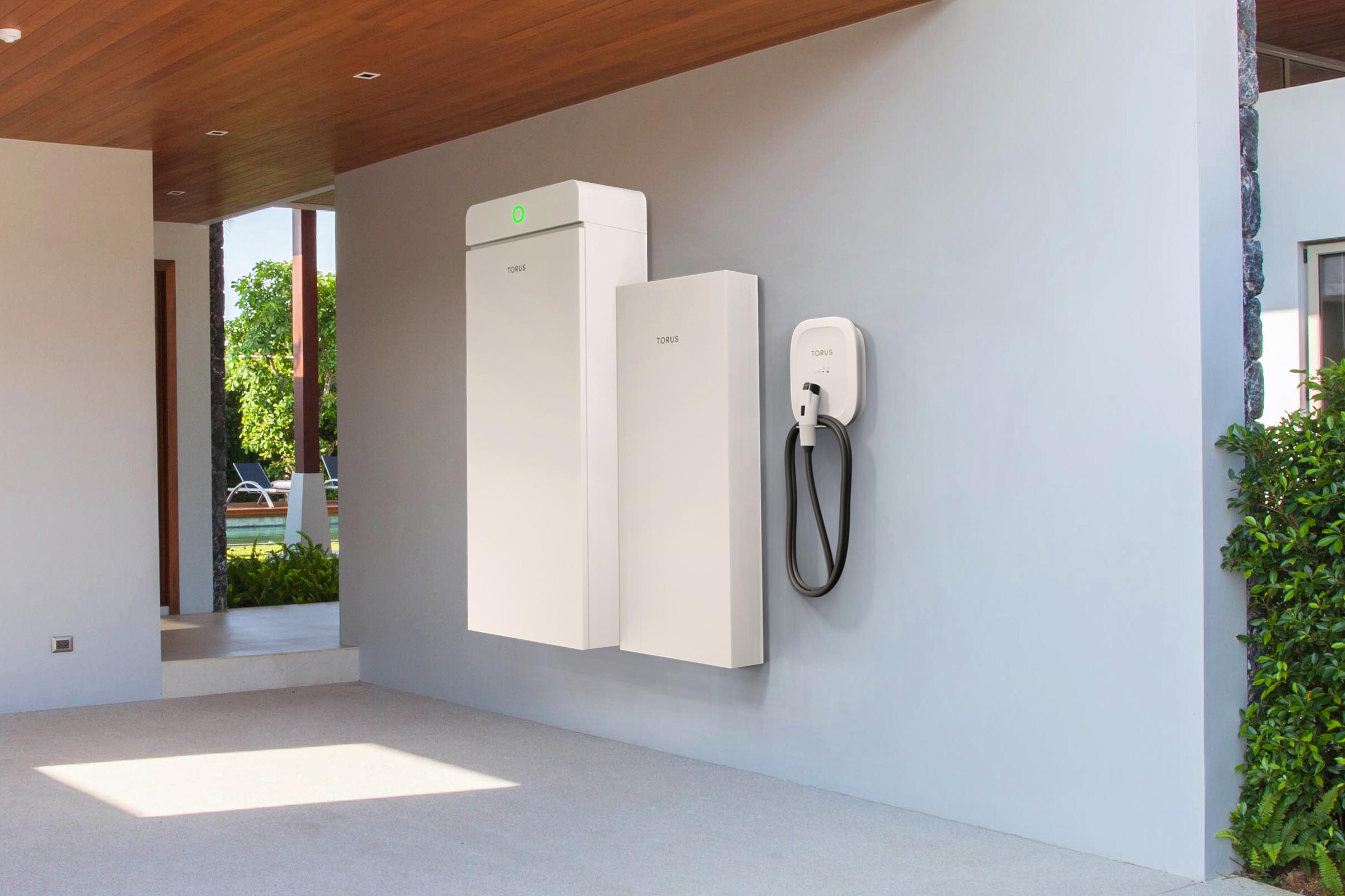Renewable energy technologies, like solar panels and residential batteries, have never been more affordable for homeowners. That said, installing a solar and battery system is still a significant investment for many households. Thankfully, the solar investment tax credit (ITC), passed in 2023 as part of the Inflation Reduction Act, offers significant savings to those looking to produce their own clean electricity. Currently, the program allows you to claim 30% of your total system costs as a federal tax credit on your return.
Key Points
- The solar tax credit can save you up to 30% on a new solar power system and even covers installation fees and other renewable energy technologies like battery storage.
- To claim the solar tax credit, you’ll need to fill out IRS Form 5695.
- You can claim both the federal tax credit as well as state and local incentives for the same project.
What is the tax credit, and how does it work?
The solar investment tax credit—also known as the residential clean energy tax credit—is an investment tax credit (ITC) that reduces what you owe in federal taxes. While a tax deduction lowers the portion of your income that is subject to taxes, a tax credit is a dollar-for-dollar reduction to your tax liability. Consequently, tax credits like the solar investment credit can yield substantially higher savings than deductions. Currently, the credit covers 30% of the eligible expenses from installing a new solar system. For homeowners, this translates to significant savings on their investment, making solar panels and battery storage even more affordable.
Because the solar tax credit is non-refundable, it lowers how much you owe in income taxes, but any excess credit won’t be refunded in the form of a payment. Instead, the remaining portion will be rolled over for a maximum of five years. For example, if you purchase a system worth $20,000, the federal tax you owe can be reduced by $6,000. If your tax burden is less than $6,000, the remaining amount will apply to your taxes the following year.
The solar tax credit has no income limit, meaning all individual taxpayers can use it to offset the cost of their qualifying investment. However, it’s important to note that you must purchase your system to be eligible for the credit. Solar equipment installed through a lease or power purchase agreement is ineligible for the incentive.
Currently, the solar investment tax credit is set at 30% until 2032, at which point it will start to decrease until it expires in 2035.

What does the solar tax credit cover?
The solar investment tax credit covers many of the costs associated with a new solar energy system, including:
- Solar panels
- Battery storage
- Solar panel equipment like wiring, mounting, and inverters
- Installation labor and permitting fees
- Sales tax on eligible costs
Although it’s commonly referred to as the solar investment tax credit, the program also covers several other renewable energy technologies, including:
- Solar water heaters
- Wind turbines
- Geothermal heat pumps
- Fuel cells
How do you qualify for the solar tax credit?
Typically, projects meeting the following criteria qualify for the credit, but double-checking your eligibility with your installer is always a good idea.
Type of Residence:
The system must be located somewhere you’ve lived during the year you claim the credit. Qualifying properties don’t have to be your primary residence and can include houses, houseboats, mobile homes, cooperative apartments, and condominiums.
- Location: Qualifying properties must be located in the United States.
- Ownership: To qualify, you must have purchased your system. While financed systems are typically eligible, leases and power purchase agreements are not.
- Date of Installation: You can only claim the solar investment tax credit for the year your project was installed, not purchased. Systems installed before 2017, unfortunately, aren’t eligible for this incentive.
- New Equipment: The equipment you’re installing must be new in order to qualify for this program.

How do you claim the solar tax credit?
You can claim the solar tax credit when filing your annual federal tax return for the year your system was installed. Specifically, you’ll need to fill out IRS Form 5695, which handles residential energy projects. You’ll also need to provide information about the cost of your system as well as a certification from the equipment manufacturer stating that the products you have installed qualify for the credit. Typically, reputable installers provide all of this information along with their quote or contract so you know what your credit will be before installing your new system. If possible, we recommend consulting with a tax professional to ensure you’re claiming your solar tax credit correctly.
FAQs
What’s the credit for 2023?
For systems installed during 2023, the credit is worth 30% of the total system cost.
How many times can I claim the solar tax credit?
You can claim the solar tax credit once for the year during which you installed your solar power system. However, if you own multiple qualifying properties and install a system at each of them, you can claim the tax credit again.
Can I claim other incentives with it?
Yes, you can combine the solar tax credit with other state and local incentives to further offset the cost of your new system.
Do roofing repairs qualify for the credit?
While installation fees do qualify for the credit, repairs or structural work done to your roof in order to prepare it for a new system typically do not.
Does the Torus Station qualify?
Yes! The Torus Station qualifies for the solar tax credit.
You May Also Like

Press Release
Torus Names Bill Comeau as Chief Utility Officer to Advance Utility Partnerships
With extensive experience across the energy sector, Comeau will lead Torus’ efforts to co-create new utility programs that enhance reliability and resilience.

In The News
Torus and Waterford School Honored by Utah Clean Energy for the Murray Science Center Project
Torus and Waterford School were recognized by Utah Clean Energy and the Utah Association of Energy Engineers (AEE) Utah Chapter for outstanding achievement in sustainable energy innovation.
